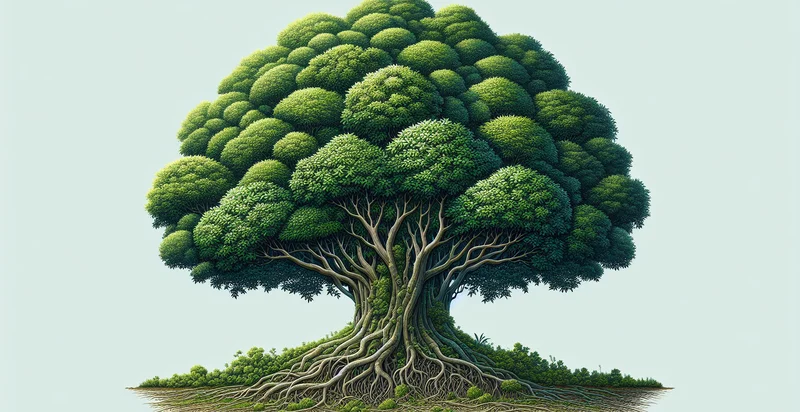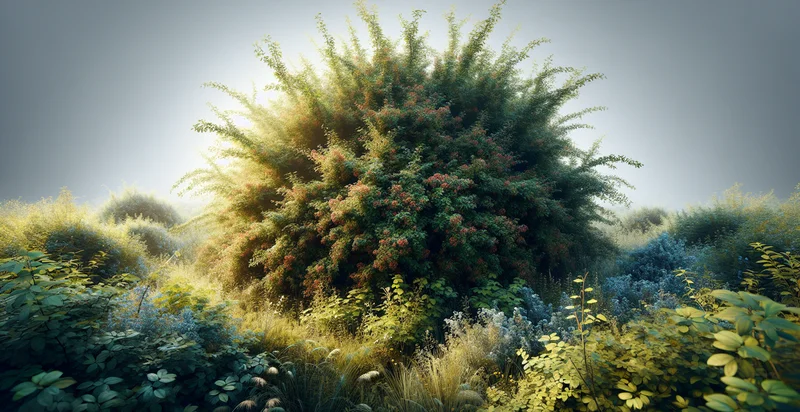Identify bush health
using AI
Below is a free classifier to identify bush health. Just upload your image, and our AI will predict the health status of different bush species - in just seconds.

Contact us for API access
Or, use Nyckel to build highly-accurate custom classifiers in just minutes. No PhD required.
Get started
import nyckel
credentials = nyckel.Credentials("YOUR_CLIENT_ID", "YOUR_CLIENT_SECRET")
nyckel.invoke("bush-health", "your_image_url", credentials)
fetch('https://www.nyckel.com/v1/functions/bush-health/invoke', {
method: 'POST',
headers: {
'Authorization': 'Bearer ' + 'YOUR_BEARER_TOKEN',
'Content-Type': 'application/json',
},
body: JSON.stringify(
{"data": "your_image_url"}
)
})
.then(response => response.json())
.then(data => console.log(data));
curl -X POST \
-H "Content-Type: application/json" \
-H "Authorization: Bearer YOUR_BEARER_TOKEN" \
-d '{"data": "your_image_url"}' \
https://www.nyckel.com/v1/functions/bush-health/invoke
How this classifier works
To start, upload your image. Our AI tool will then predict the health status of different bush species.
This pretrained image model uses a Nyckel-created dataset and has 20 labels, including Barren, Damaged, Dead, Diseased, Dormant, Dried, Flowering, Frostbitten, Healthy and Infested.
We'll also show a confidence score (the higher the number, the more confident the AI model is around the health status of different bush species).
Whether you're just curious or building bush health detection into your application, we hope our classifier proves helpful.
Related Classifiers
Need to identify bush health at scale?
Get API or Zapier access to this classifier for free. It's perfect for:
- Agricultural Health Monitoring: This use case involves the application of the bush health identifier to monitor and assess the health of crops in agricultural fields. By analyzing images of plants, farmers can quickly identify areas that may require intervention, such as pest control or irrigation adjustments, thereby improving crop yields and optimizing resource usage.
- Environmental Conservation: Conservation organizations can use the bush health identifier to assess the condition of native vegetation in natural habitats. By detecting signs of stress or disease in plants, these organizations can target conservation efforts and allocate resources more effectively to preserve biodiversity.
- Urban Planning and Development: City planners can leverage the bush health identifier to evaluate the health of vegetation in proposed development areas. This can help ensure that urban expansion considers ecological impacts and is planned in a way that minimizes harm to existing green spaces.
- Landscape Restoration Projects: NGOs and environmental agencies can utilize the bush health identifier to monitor and evaluate the success of landscape restoration efforts. By regularly analyzing plant health, these organizations can adapt their strategies in real-time to improve reforestation and habitat rehabilitation initiatives.
- Pest and Disease Management: Agricultural businesses can integrate the bush health identifier into their pest management systems. By recognizing early signs of pest infestations or plant diseases, farmers can implement targeted treatments, reducing chemical use and improving crop health.
- Climate Change Impact Assessment: Researchers studying the effects of climate change on ecosystems can use the bush health identifier to track plant health over time. This data can help scientists develop strategies to mitigate risks associated with changing environmental conditions and inform policy decisions.
- Landscaping and Garden Management: Landscape maintenance companies can employ the bush health identifier to provide enhanced services to clients. By assessing the health of plants in residential or commercial gardens, they can offer tailored maintenance plans that promote lush and sustainable landscapes.


